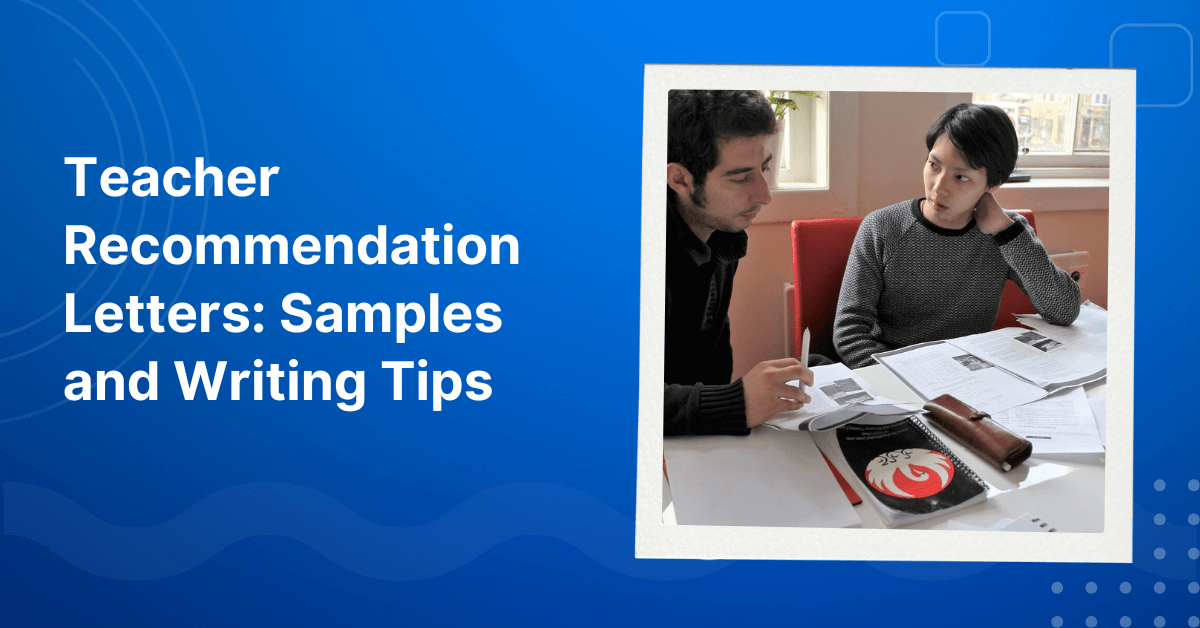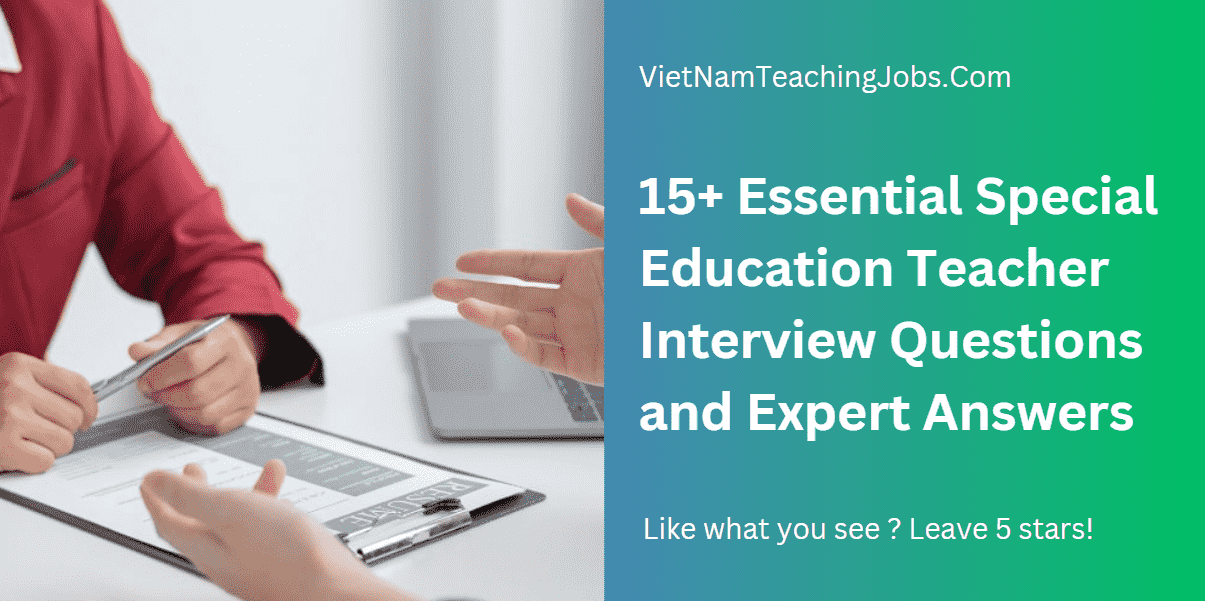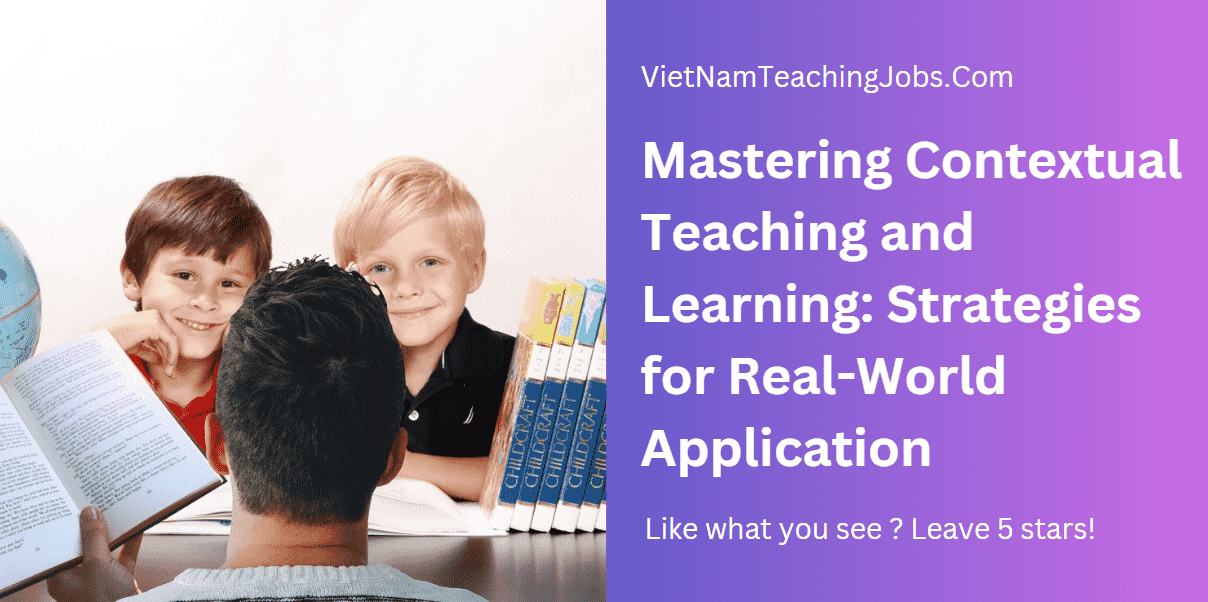In the 4.0 era, technology has become an integral part of our daily lives, transforming the way we communicate, work, and learn. As education strives to keep pace with these advancements, the integration of technology in the classroom has emerged as a powerful tool to enhance teaching and learning experiences. Educational apps and online resources, technology offers a myriad of opportunities to engage students, foster creativity, and promote critical thinking skills. In this article, VTJ will discuss the numerous benefits and practical uses of technology in the classroom, shedding light on how educators can effectively leverage these tools to create an immersive and dynamic learning environment.
>>>Read more: What is blended learning? Types, Examples & Benefits?
>>>Read more: How to use CHATGPT in teaching and learning
5 Benefits Of Technology In The Classroom
Provide A More Engaged Learning Environment
Integrating technology in the classroom can significantly enhance student engagement. Interactive tools, multimedia presentations, and gamified learning platforms capture students’ attention and make learning more enjoyable. By incorporating technology, educators can create dynamic lessons that cater to different learning styles, encouraging active participation and fostering a deeper understanding of the subject matter.
>>>Read more: 14 Types of teaching methods for an effective lesson
Prepare Students for the Future
In an increasingly digital world, it is crucial to equip students with the necessary skills to thrive in the future job market. By incorporating technology in the classroom, educators can familiarize students with the tools and technologies they will encounter in their careers. This exposure helps develop digital literacy, critical thinking, problem-solving, and adaptability skills, preparing students to navigate the ever-evolving technological landscape.
>>>Read more: 15+ Ways to build confidence in your ESL students
Connect Better with Students
Technology provides educators with innovative ways to connect and communicate with their students. Online platforms, discussion boards, and messaging apps facilitate seamless interaction, enabling students to ask questions, seek clarification, and collaborate with their peers. This enhanced communication fosters a supportive learning community and strengthens the teacher-student relationship, leading to improved academic outcomes.
>>>Read more: 20+ Effective Classroom Management Strategies and Techniques
Boost Collaboration
Collaboration is a vital skill in today’s interconnected world. Technology offers a range of collaborative tools, such as shared documents, virtual classrooms, and video conferencing, that enable students to work together on projects, share ideas, and provide feedback. By promoting collaboration, technology cultivates teamwork, communication, and problem-solving abilities, essential for success in both academic and professional settings.
>>>Read more: How To Write a Lesson Plan in 6 Steps: The Complete Guide
Support Learning
Technology provides a wealth of resources and educational materials that can supplement traditional teaching methods. Online libraries, educational websites, and digital textbooks offer a vast array of information, catering to diverse learning needs and allowing students to explore topics at their own pace. Additionally, adaptive learning platforms and personalized learning software can tailor instruction to individual students, addressing their unique strengths and weaknesses, and promoting self-directed learning.
>>>Read more: Why Students Get Bored & How to Engage Bored Students in the Class
How To Integrate Technology In The Classroom
Gamified learning
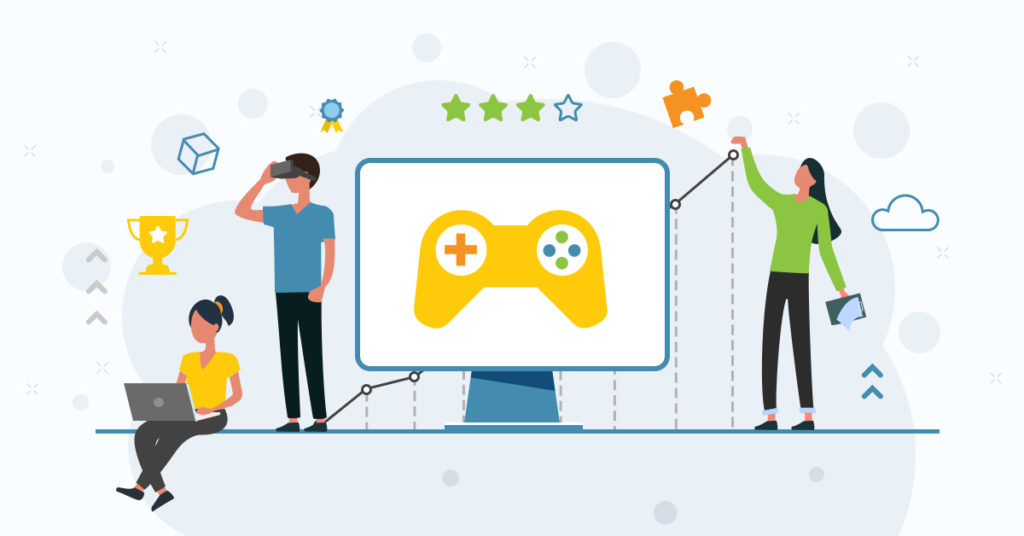
Gamified learning – Integrate Technology In The Classroom
Gamified learning is an innovative approach that integrates game elements into the learning process to engage and motivate students.
One of the key benefits of gamified learning is its ability to create a positive and enjoyable learning environment. By organizing educational games and interactive activities, educators can leverage technology in the classroom to create a dynamic learning environment. This approach not only captures students’ attention but also promotes active participation, critical thinking, and problem-solving skills. Gamified learning platforms and apps provide opportunities for students to learn through challenges, rewards, and friendly competition, making the learning process more immersive and motivating.
>>>Read more: 21+ Best Classroom Management Books for Teachers
Digital field trips
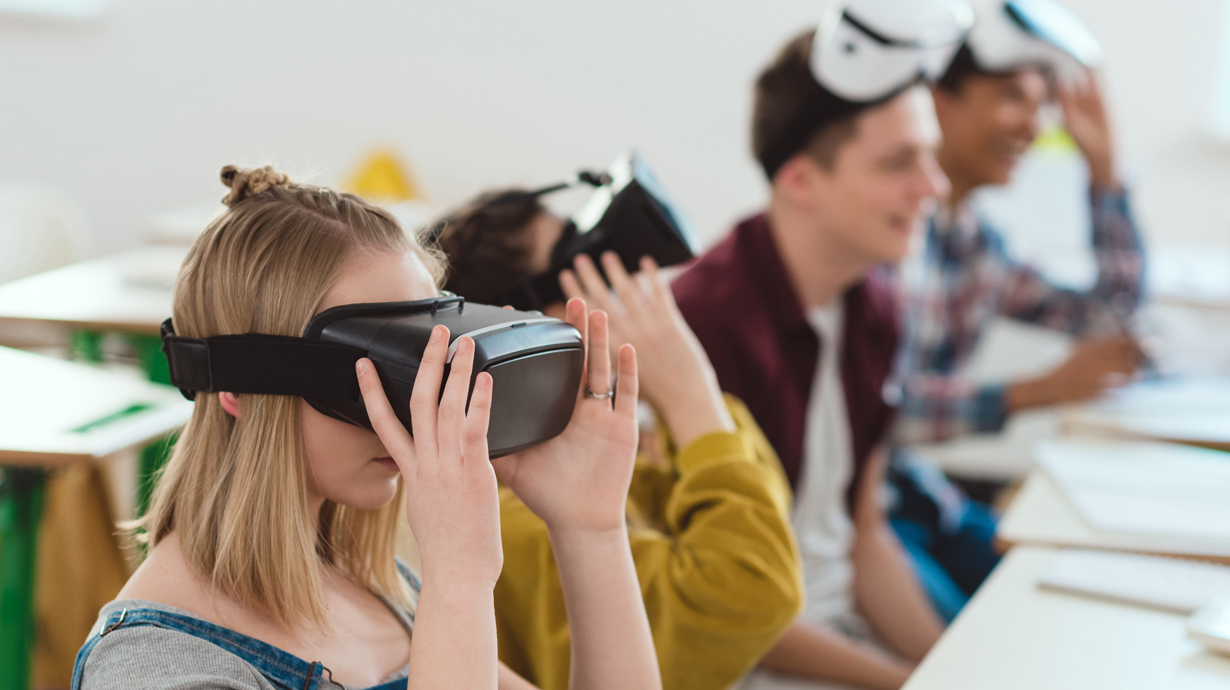
Digital field trips – Integrate Technology In The Classroom
Digital field trips offer an exciting and immersive way to explore the world without leaving the classroom. By leveraging technology, educators can take their students on virtual journeys to various locations, historical sites, museums, and even outer space. These digital experiences provide students with a unique opportunity to engage with real-world environments and gain a deeper understanding of different subjects.
The stand out of digital field trips is their accessibility. Regardless of geographical limitations or budget constraints, students can virtually visit places that may have been otherwise inaccessible. Through online resources, interactive websites, and virtual reality (VR) or augmented reality (AR) applications, students can have a highly interactive and engaging learning experience. This multi-sensory approach enhances students’ understanding and retention of information, making the learning experience more memorable and impactful.
>>>Read more: 22+ SMART Teacher Goals Examples in 2023
Integrating social media

Integrating social media into the classroom can be a powerful tool for enhancing student engagement
Integrating social media into the classroom can be a powerful tool for enhancing student engagement and learning experiences. To do so effectively, educators can create a structured and purposeful approach. This involves establishing clear guidelines and objectives for using social media platforms, selecting the most appropriate platforms for the educational goals, and ensuring a safe and respectful online environment. Teachers can encourage students to use social media for collaborative projects, discussions, and sharing relevant content related to the curriculum.However, it is essential for educators to establish clear guidelines and educate students about responsible social media usage, including digital citizenship and online safety.
>>>Read more: Guide on How to Teach Vocabulary Effectively for Teachers
Gathering student feedback
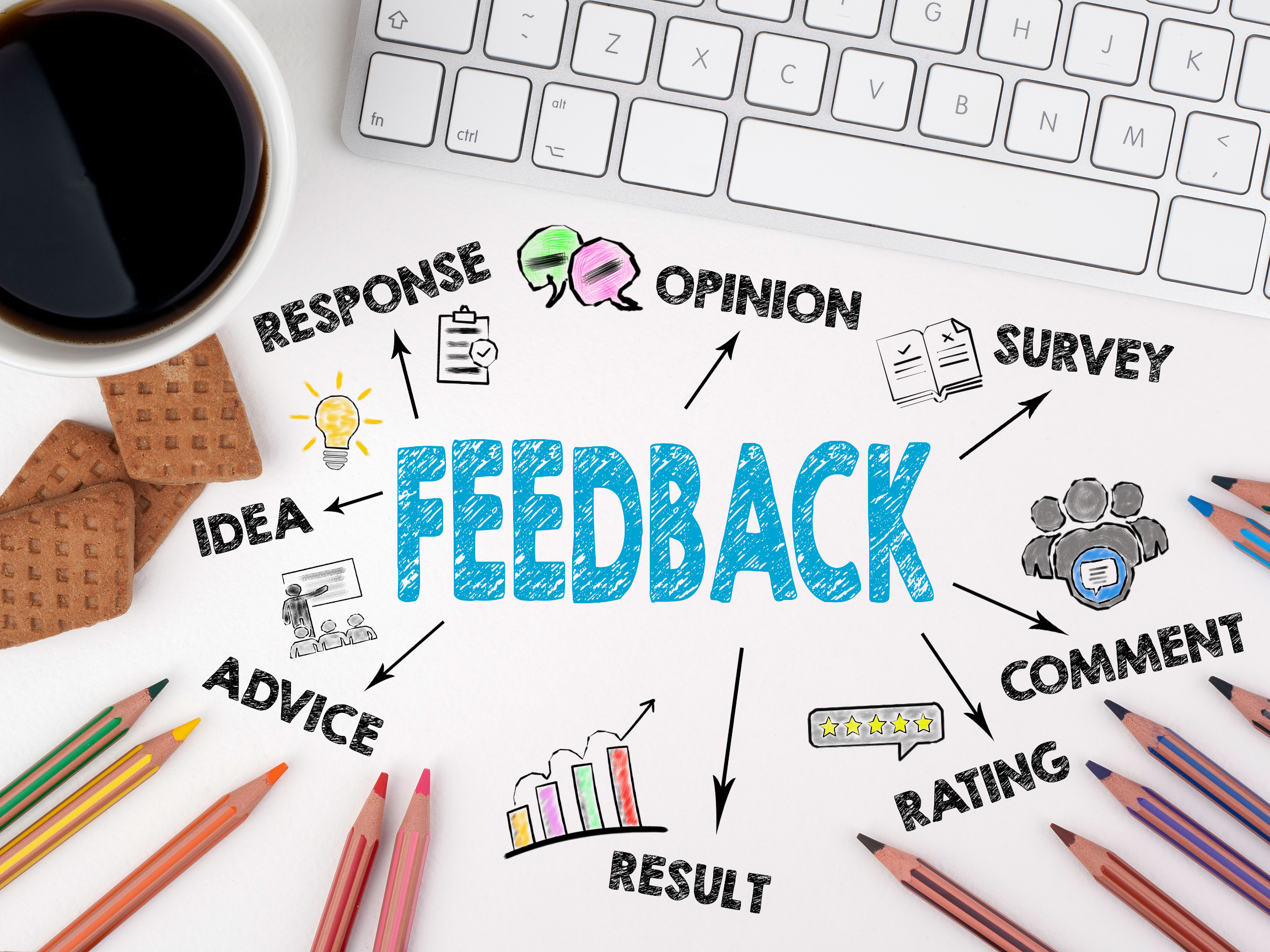
Gathering student feedback is an essential aspect of integrating technology in the classroom
Gathering student feedback is an essential aspect of integrating technology in the classroom. Technology provides various tools and platforms that make it easier for educators to collect and analyze student input. One effective method is to use online surveys or digital polling tools to gather anonymous feedback from students. This allows them to express their thoughts, opinions, and concerns openly without fear of judgment. Additionally, educators can utilize collaborative platforms such as Google Docs or online discussion boards to encourage students to share their ideas and provide feedback on class activities or assignments. Technology in the classroom also enables real-time feedback through interactive quizzes or assessments, providing immediate insights into student understanding and allowing for timely adjustments to instruction. By actively seeking and valuing student feedback, educators can create a student-centered learning environment that empowers students to take ownership of their education and fosters continuous improvement in teaching practices.
>>>Read more: How To Write a Curriculum in 8 Steps: A Complete Guide
Creating digital content
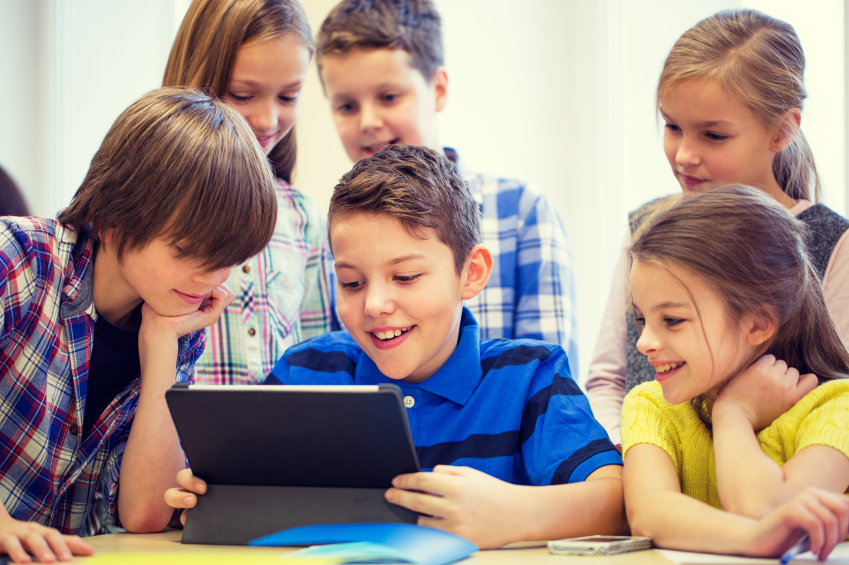
Creating digital content – Integrate Technology In The Classroom
With the abundance of digital tools and resources available, educators can design engaging and interactive content that caters to different learning styles and preferences. One approach is to develop multimedia presentations using platforms like PowerPoint or Prezi, incorporating images, videos, and audio to deliver information in a visually appealing and dynamic manner. Educators can also leverage educational apps, online simulations, or virtual reality experiences to provide hands-on and immersive learning opportunities. Additionally, creating digital content allows for easy customization and differentiation, enabling educators to tailor materials to meet the specific needs and interests of their students. Moreover, students can actively participate in the creation of digital content, fostering creativity, critical thinking, and collaboration skills.
>>>Read more: 4 Types of Learning Styles: How to Use VARK Model in Teaching
Using a classroom calendar
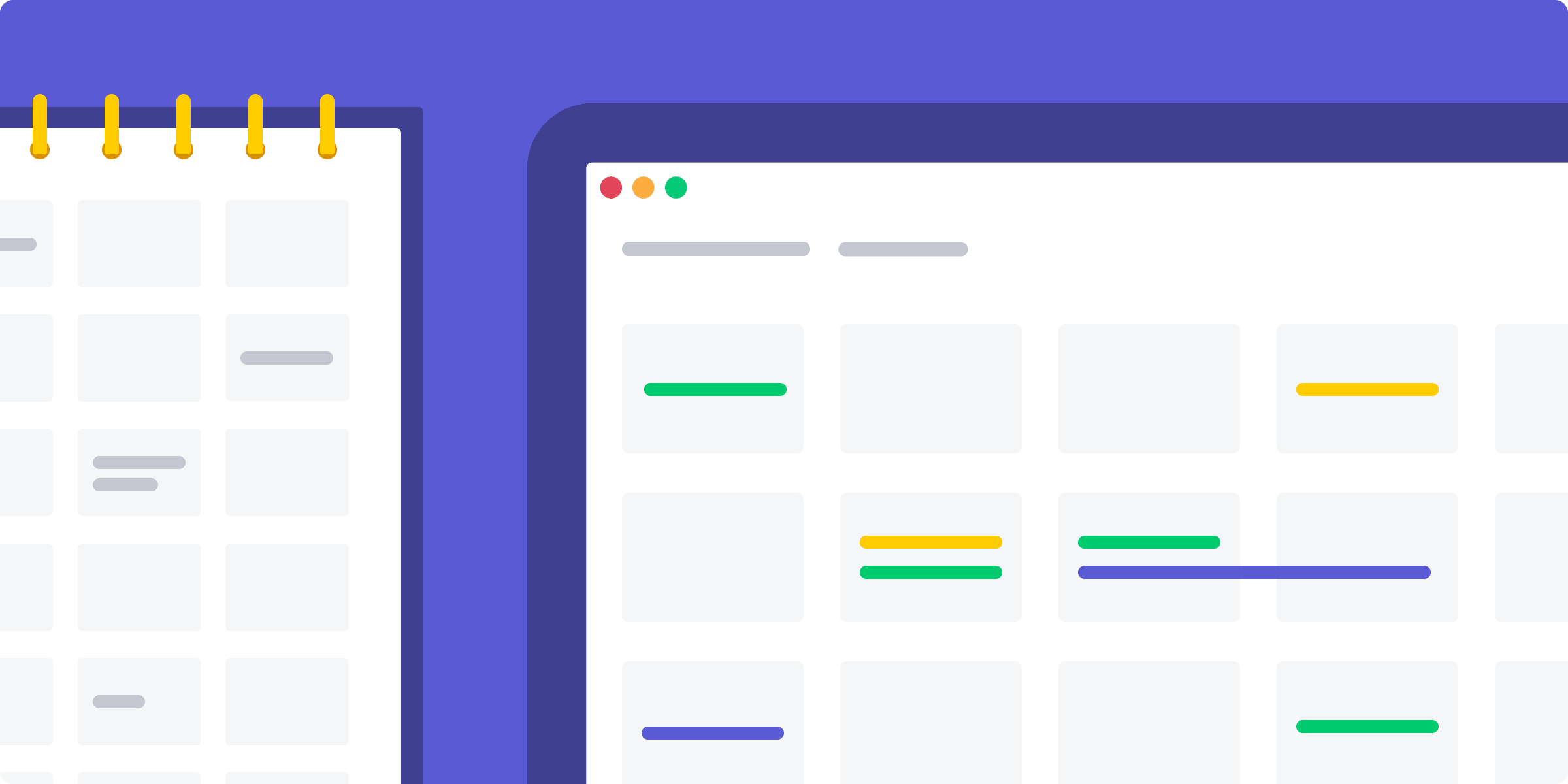
Using a classroom calendar – Integrate Technology In The Classroom
Digital calendars, such as Google Calendar or Microsoft Outlook, provide a centralized platform for organizing and managing class schedules, assignments, and important events. Educators can create a shared calendar that students can access and refer to regularly, ensuring they stay informed and organized. This digital tool allows for easy updates and notifications, ensuring that students are aware of any changes or upcoming deadlines. Additionally, educators can use the calendar to schedule and track individual or group activities, such as presentations, discussions, or project milestones.
>>>Read more: What is Independent Learning and How It Works: A teacher’s guide
Review and critique webpages
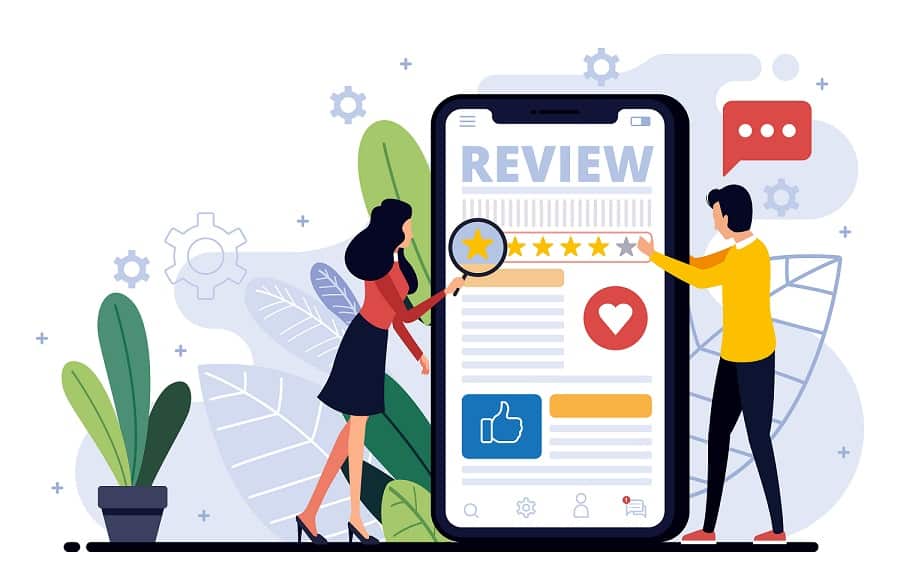
Review and critique webpages – Integrate Technology In The Classroom
Reviewing and critiquing webpages is an essential skill in today’s digital age. With the abundance of information available online, it is crucial to teach students how to evaluate the credibility and reliability of web content. Engaging students in activities that involve reviewing and critiquing webpages helps them develop critical thinking skills and digital literacy. Students can also examine the accuracy and relevance of the information presented, evaluating the credibility of sources and identifying potential biases.
>>>Read more: 13 Types of Students in the Classroom and How to Deal with Them
Video/multimedia lessons and presentations
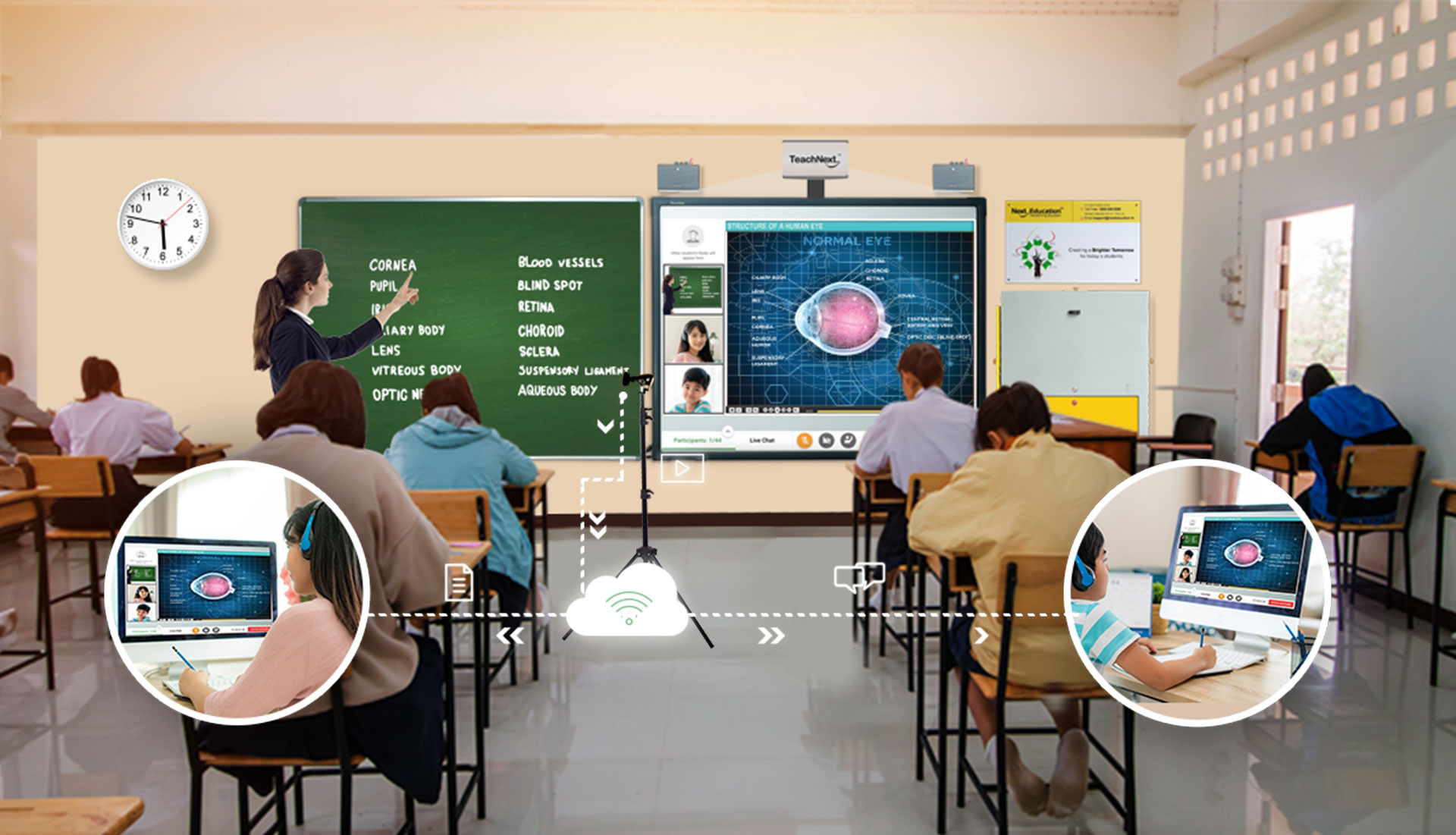
Video/multimedia lessons and presentations – Integrate Technology In The Classroom
Incorporating visual and auditory elements, educators can create engaging and interactive learning experiences that cater to different learning styles. Video lessons allow educators to deliver content in a dynamic and captivating manner, making complex concepts more accessible and understandable for students. They can use screencasting software for video editing tools to create instructional videos that demonstrate processes, provide explanations, or showcase real-world examples. Multimedia presentations, on the other hand, enable educators to combine various media elements such as images, videos, audio, and interactive elements to deliver information in a visually appealing and interactive format. Platforms like PowerPoint, or Google Slides offer features that allow for seamless integration of multimedia elements. These video and multimedia lessons and presentations can be accessed by students at their own pace, allowing for personalized and self-directed learning. Moreover, educators can leverage online platforms or learning management systems to share and distribute these resources, ensuring easy access for students both in and outside the classroom.
>>>Read more: How to Teach Writing Skills to Students Effectively in 8 Simple Steps
>>>Read more: 10+ Strategies of How to Teach Reading Comprehension in the Class
Online activities for students who finish work early
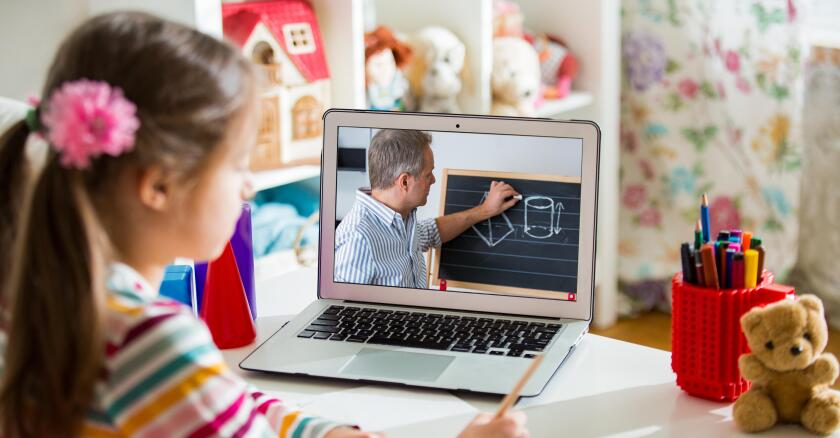
Online activities for students who finish work early – Integrate Technology In The Classroom
To promote independent learning and cater to students working at their own pace, setting up learning stations can be an effective strategy. Instead of students feeling idle or waiting for others to catch up, they can utilize these stations to further enhance their understanding and knowledge. When a student finishes an assignment early, they can visit a learning station where they have access to a variety of online activities aligned with their studies. These activities may include watching educational videos, playing interactive learning games, or exploring other online resources. By engaging in these activities, students can extend their learning beyond the classroom and delve deeper into the subject matter. Learning stations provide an opportunity for students to take ownership of their education and continue their intellectual growth in an engaging and self-directed manner.
>>>Read more: 5 Types of Teaching Styles (Their Pros & Cons)
The integration of technology in the classroom brings numerous benefits and opens up a world of possibilities for both educators and students. By leveraging technology in the classroom effectively, teachers can create dynamic and interactive learning environments that cater to diverse learning styles and engage students on a deeper level. However, it is important to strike a balance and ensure that technology is used purposefully and in a way that enhances learning rather than replacing traditional teaching methods. By embracing technology as a powerful tool, educators can empower their students, ignite their curiosity, and prepare them for the challenges and opportunities of the digital age.
Are you facing difficulties in finding and securing teaching positions in Vietnam? Are visa procedures causing you trouble? Feeling overwhelmed and directionless upon your arrival in Vietnam for teaching assignments? Don’t worry, VTJ’s English Teaching Placement in Vietnam (EPIV) Program 2024 provides comprehensive support to solve ALL the matters.
👉👉👉 Click HERE to request free consultation


